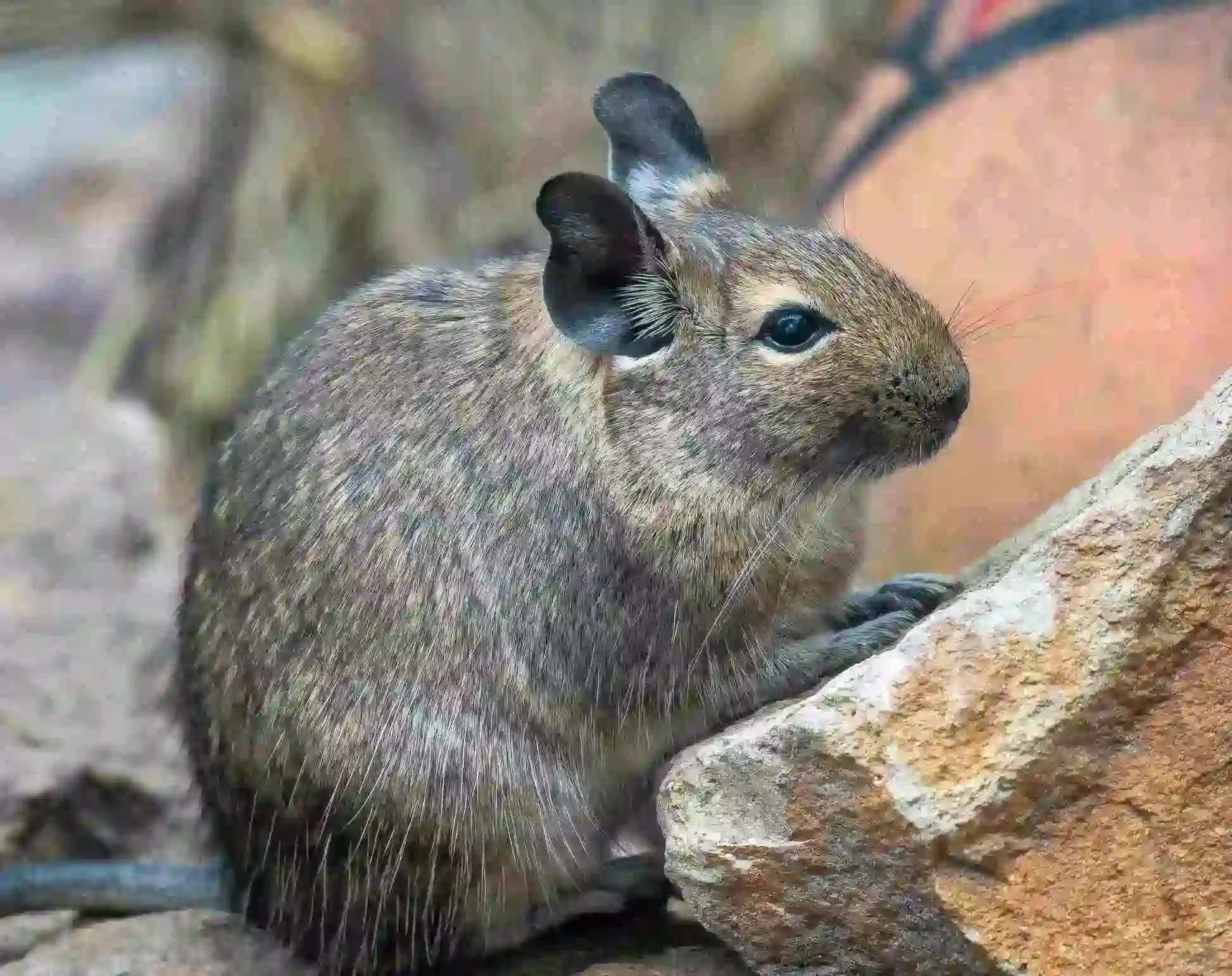The packrat isn’t just a term for someone with a lot of stuff — it’s also a common rat in the Arizona desert. Unfortunately, it’s also found quite a suitable environment in many Arizona homes. In this blog, we’ll learn how to identify these desert rats, where they build nests on properties, and signs of an infestation that you should look out for.
What does a packrat look like?
With dark fur and a light underbelly, the packrat (otherwise known as the “woodrat”) can grow up to 15 inches and weigh about half a pound. In many ways, it looks similar to other types of rats but commonly sticks out due to its shorter tail and larger ears.
What does a packrat do?
Packrats generally live in high cliffs, caves, tree branches, or other elevated areas in the wild. In neighborhoods, they often create nests in bushes, trees, garbage cans, and attics and use whatever debris or materials are available in their surroundings. Wherever they build their home, they will forage from nearby available food sources.
With a short lifespan of just two years, packrats also mature and reproduce quickly. Because of this, just one or two packrats can quickly create a widespread infestation in your home or business.
Are packrats dangerous?
Like any other rat, packrats carry parasites and diseases that are dangerous for humans. Packrat urine and feces also pose a significant health risk in contaminated spaces. As they burrow into a building making their home or looking for food, packrats can also cause damage to wiring and insulation.
How do I know if I have a packrat infestation?
Most people will begin wondering about infestation after seeing and hearing packrats or finding rat droppings. However, there may be many other signs before this.
Look for the following clues in areas that rodents typically frequent, such as kitchens, basements, attics, and bathrooms:
- Gnaw marks
- Damaged goods
- Grease spots from their oily fur
- Chewed wires
- Small footprints
- Rodent urine and feces
Another common sign indicator is household pets seeming agitated or stressed. Oftentimes, pets can pick up on pests before any physical evidence is present.
How do I treat an infestation?
Once packrats are in and settled, it can be difficult to get rid of them. Generally, do-it-yourself methods only impact the colony on small scale, but there are several methods you can try.
- Baiting — This form of animal control involves leaving poison out for rats to eat and pass away. It’s recommended to only place poison outside to prevent rats from passing and decaying within a building unknowingly.
- Trapping — This method uses a lure to trap or kill the rat. Trapping is a more popular method for indoor treatment since the carcass can be properly disposed of.
Protect Your Home From Packrats with Burns Pest Elimination
While these methods may help, if you’ve tried all that you can and still have issues with packrats, call the professionals at Burns Pest Control. With our team of highly-trained professionals, Burns is ready to help you get your home or business back from the evil clutches of rodent invaders. Learn more about our Arizona and Nevada service areas and request a free pest control quote online today.
